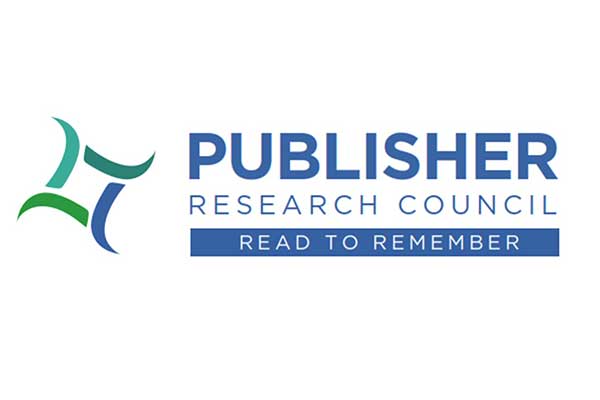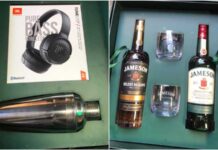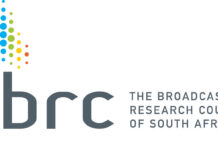The ‘Holy Grail’ of media research will soon become reality in the form of Fusion, offering multiple hub and donor studies. The Publisher Research Council (PRC) and Nielsen recently held an industry workshop to discuss exactly how Fusion works and all its possible survey options.
The days of one dimensional AMPS numbers are long gone and in media planning and buying, the ideal has always been to know as much as possible about the consumer to enable more accurate and timeous branded messages. These include demographics, geography, mood, activities at time of impact, touch-points during the day, retail behaviour, brand repertoire, media consumption and much more. Much of this information is available, but it is scattered all over the place, contained within multiple studies, panels and sales data. Fusion provides the key to consolidating all these insights into one easily accessible place.
Apart from assisting in media planning, by fusing with ongoing sales data from scanner panels these new systems can be used at the implementation planning stage and afterwards, when linked to panels and sales data, in the post campaign stage to measure results and determine how the campaign performed.
“This is not some futuristic pipe dream that only exists in first-world markets,” says Peter Langschmidt, consultant to the PRC. “We are talking to many database and survey owners, and we could be fusing with the Nielsen FMCG Homepanel as early as the second quarter of next year after the release of PAMS in February 2018.”
Data fusion is a statistical technique that creates a single data set from the attributes from two separate data sets. All that is required is “fusion hooks” or relevant common variables on both the hub and donor studies.
The industry has moved incredibly fast since the last AMPS in 2015. In September 2017 the first full year of the Establishment Survey will be released. And within a few months there will be a full set of currency donor surveys, that could be linked together to create an essentially “single source” fused data set. These could include published titles on PAMS, Radio and TV on BRC RAM and TAMS, Online on EM (Effective Measure), and OOH (Out of Home) on ROAD.
PAMS will have branded data and with a 20 000 sample will make it an ideal hub survey for Nielsen’s FMCG Homepanel. “The incorporation of multiple demographic, industry and lifestyle variables is at the heart of Fusion,” says Motlalepula Mmesi, researcher at the PRC. “If you have the correct “hooks” in your data, even customer databases, you can fuse with our PAMS survey. The result is much deeper research insights into your brands.”
It brings the discussion back to the differences between Fusion and Single Source. All markets fragment as the world becomes more complex and there can be no denying that the world is becoming more complicated and fragmented on a daily basis. Inevitably single source data/research will no longer be viable as there are fewer respondents per survey question, and more questions are needed to understand the complexity of life and brands, which means longer questionnaires and poor quality of responses due to respondent refusal and fatigue.
“When combined with ongoing sales and panel data, it becomes obvious why data fusion is a preferred solution worldwide,” says Terry Murphy, Head of Nielsen Watch in SA. “It is now possible to get a far more granular view of consumers, interrogate cross platform behaviour, calculate incremental unduplicated reach and define target markets based on last month’s purchases.”
PAMS could be fused with Nielsen’s FMCG Homepanel. Homepanel measures actual brand scanned purchases (not survey claimed behaviour) across 200 FMCG categories and over 2 000 brands nationally. The data is longitudinal (updated every month) and is weighted to the same IHS population data as PAMS and the ES.
Best of all this data is already paid for by subscribers, so it could be made available to agencies and advertisers for media planning purposes at an affordable cost.
The fused data will provide answers to questions about cross platform content consumption; longitudinal actual product and brand consumption like which titles (digital and print) are best suited for my target? What’s most effective in driving unique reach for my plan? How can I evaluate the effectiveness of secondary targets beyond demographics, including segmentation?
“A hub or establishment survey with donor currencies and purchases is based on global best practice, and produces vastly more insightful and real data,” concludes Langschmidt. “Although we can fuse with any survey, provided that we have the relevant common variables in both, the process has to start somewhere and it’s great for our publishers, that we, together with Nielsen, are pioneering brand and media fusion in the advertising industry.”
For additional information and research on reading, visit www.prc.za.com























































































